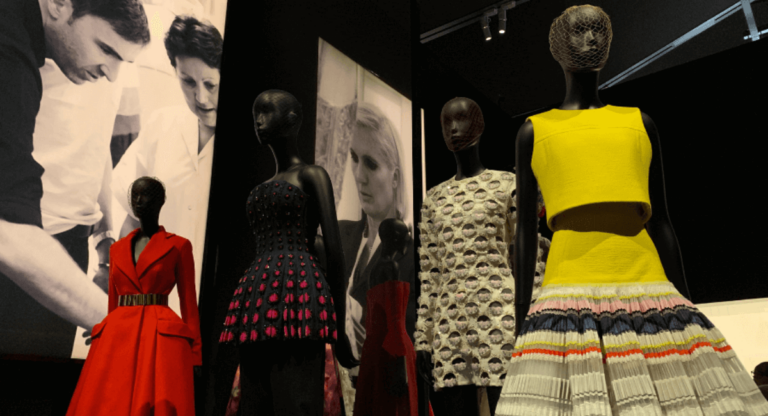The Benefits of Fast Fashion: An Examined in More Detail

Fast fashion has taken center stage in the fashion business thanks to its affordable prices and quick production. As vital as it is to recognize the shortcomings and difficulties this business model presents, it is just as necessary to investigate its benefits. We shall examine the advantages of fast fashion in this piece, emphasizing its advantages for customers, the economy, and even specific social groups. We may fully comprehend this contentious occurrence by looking at both sides of the argument.
Affordability and Accessibility
One of the primary advantages of fast fashion is its affordability. The low production costs associated with this model allow retailers to offer fashion-forward clothing at competitive prices. This accessibility enables individuals from diverse socioeconomic backgrounds to express their personal style without breaking the bank. Fast fashion has democratized fashion, making trendy clothing available to a larger audience and providing a sense of inclusivity and empowerment.
Variety and Trends
Fast fashion brands are known for their ability to swiftly respond to emerging fashion trends. By closely monitoring the runways, celebrity styles, and social media influences, these brands can quickly produce garments that align with the latest fashion crazes. This constant flow of new styles and designs allows consumers to experiment with different looks and express their individuality. Fast fashion offers a wide variety of options, catering to different tastes and preferences, and keeps pace with the ever-changing fashion landscape.
Instant Gratification
In a world that values instant gratification, fast fashion perfectly fits the bill. With shortened production cycles, clothing items move from the design phase to store shelves in record time. This means that consumers can swiftly purchase the latest fashion pieces, keeping up with current trends and satisfying their desire for novelty. Fast fashion provides a sense of immediacy, allowing individuals to express their personal style and keep their wardrobes up to date with minimal delay.
Job Creation and Economic Impact
The fast fashion industry has a significant positive impact on the economy by creating jobs and driving economic growth. The rapid production cycles require a substantial workforce, from designers and manufacturers to logistics and retail staff. This industry supports employment opportunities at various skill levels, benefiting individuals and communities. Moreover, the growth of fast fashion contributes to the overall economic vitality by generating revenue, attracting investments, and fostering innovation.
Promoting Self-Expression and Confidence
Fashion has always been a means of self-expression, and fast fashion embraces this concept. The affordability and accessibility of fast fashion enable individuals to experiment with different styles, allowing them to develop their unique fashion identity. For many, the ability to keep up with trends and access fashionable clothing boosts their self-confidence and empowers them to express themselves authentically. Fast fashion offers a platform for self-discovery and creativity, encouraging individuals to explore their personal style.
Support for Emerging Designers
While fast fashion is often criticized for copying designs, it can also provide a platform for emerging designers to gain exposure and recognition. Collaborations between fast fashion brands and up-and-coming designers offer a stepping stone into the fashion industry. By partnering with established brands, these designers can reach a wider audience, build their portfolios, and establish their names in the competitive fashion landscape. Fast fashion can act as a launchpad for aspiring designers, helping them kick-start their careers.
Reduced Clothing Waste through Repurposing
Critics argue that fast fashion fuels a throwaway culture, leading to increased clothing waste. However, one advantage often overlooked is the potential for repurposing and upcycling garments. Fast fashion’s constant influx of new styles means that secondhand and thrift stores are filled with gently used, affordable clothing items. This creates opportunities for fashion enthusiasts to explore sustainable practices by giving pre-loved clothing a new lease on life. Upcycling and repurposing efforts can help reduce the environmental impact of fast fashion by extending the lifespan of garments.
Whew that was long however,
Fast fashion, with its affordability, accessibility, and ability to quickly respond to trends, offers several advantages to consumers, the economy, and the fashion industry. It allows individuals to experiment with fashion, express themselves, and access trendy clothing without breaking the bank. The industry’s rapid production cycles generate employment opportunities, contribute to economic growth, and support emerging designers. While it is important to address the environmental and ethical challenges associated with fast fashion, understanding its positive aspects can lead to informed discussions and potential improvements within the industry. Ultimately, a balanced approach that combines the advantages of fast fashion with sustainable practices can pave the way for a more inclusive, responsible, and fashion-forward future.


